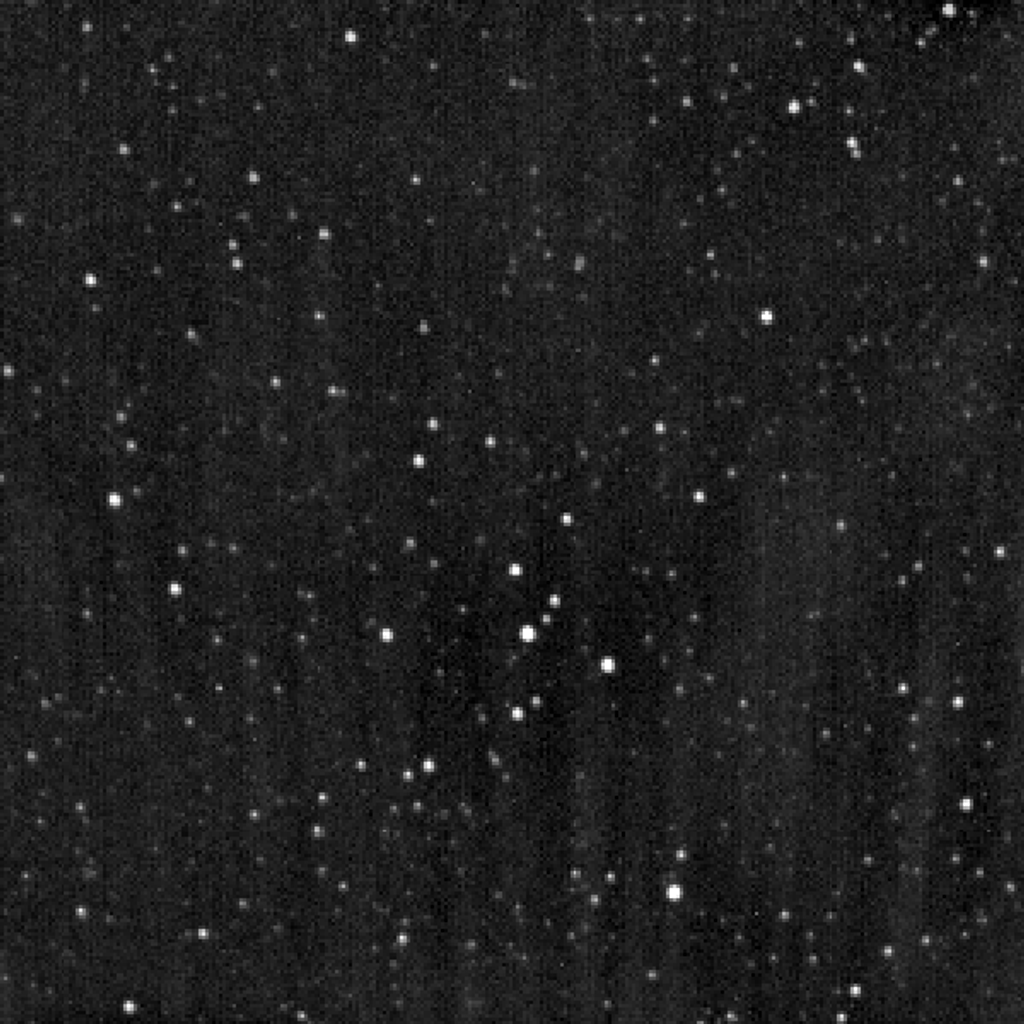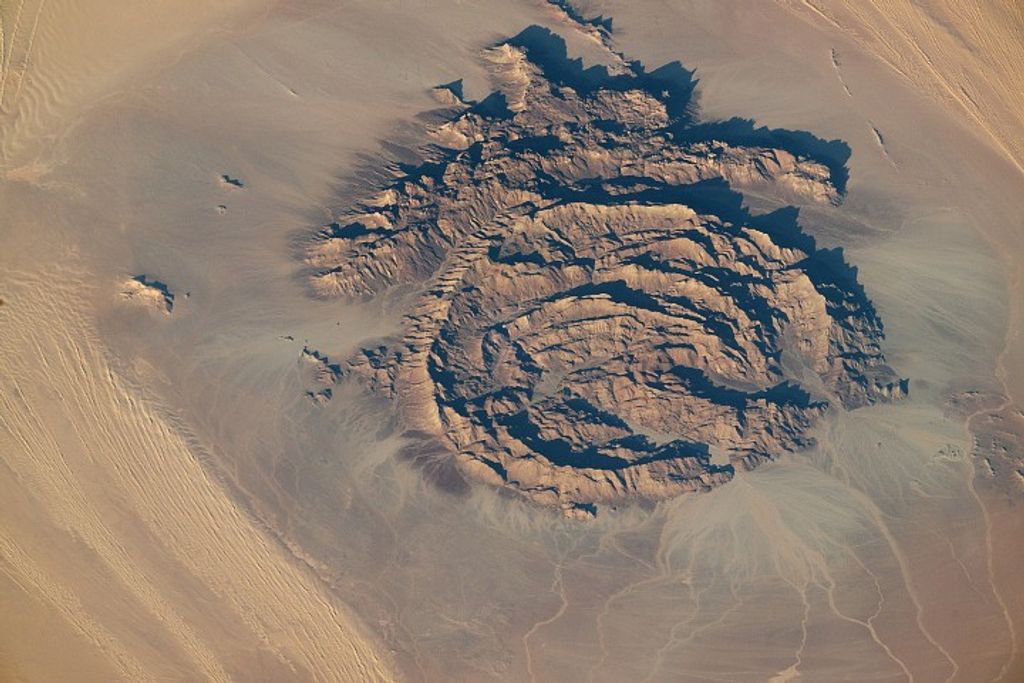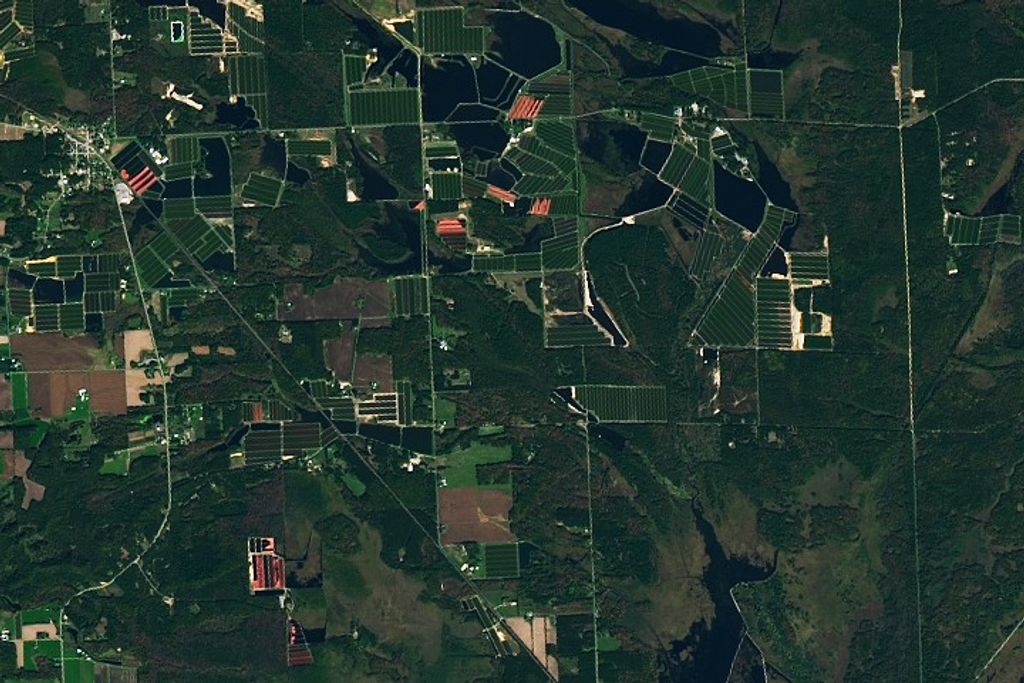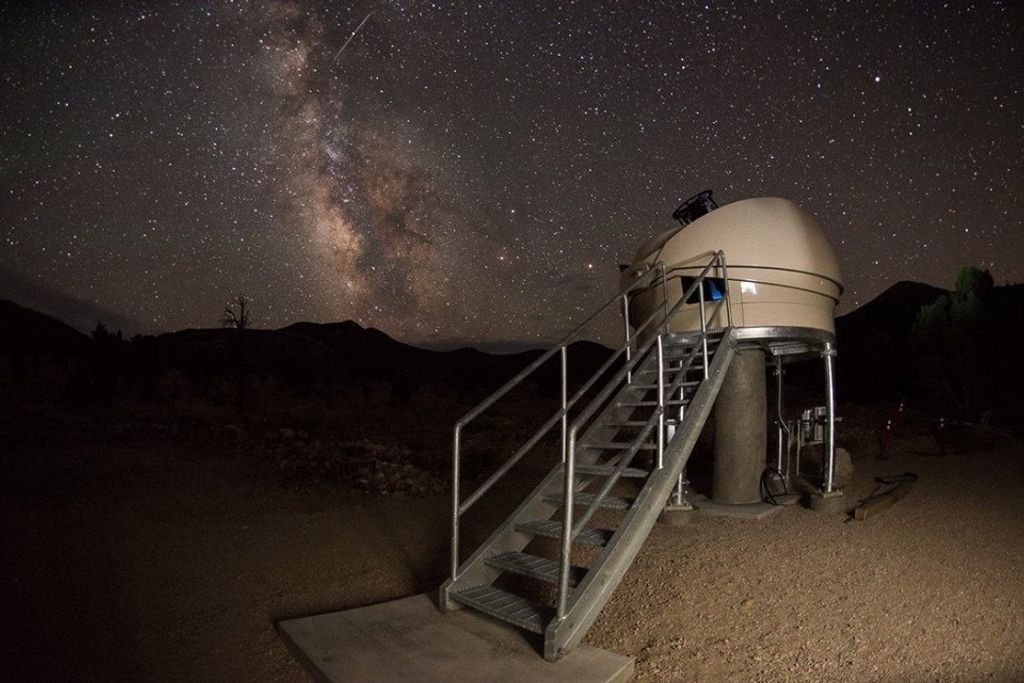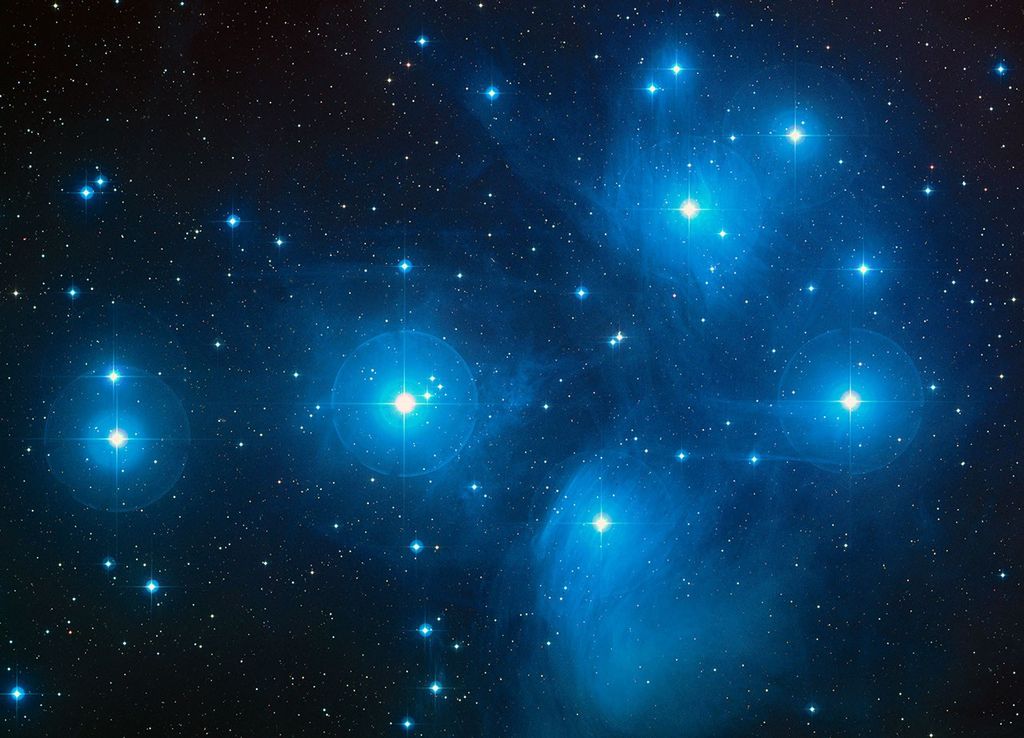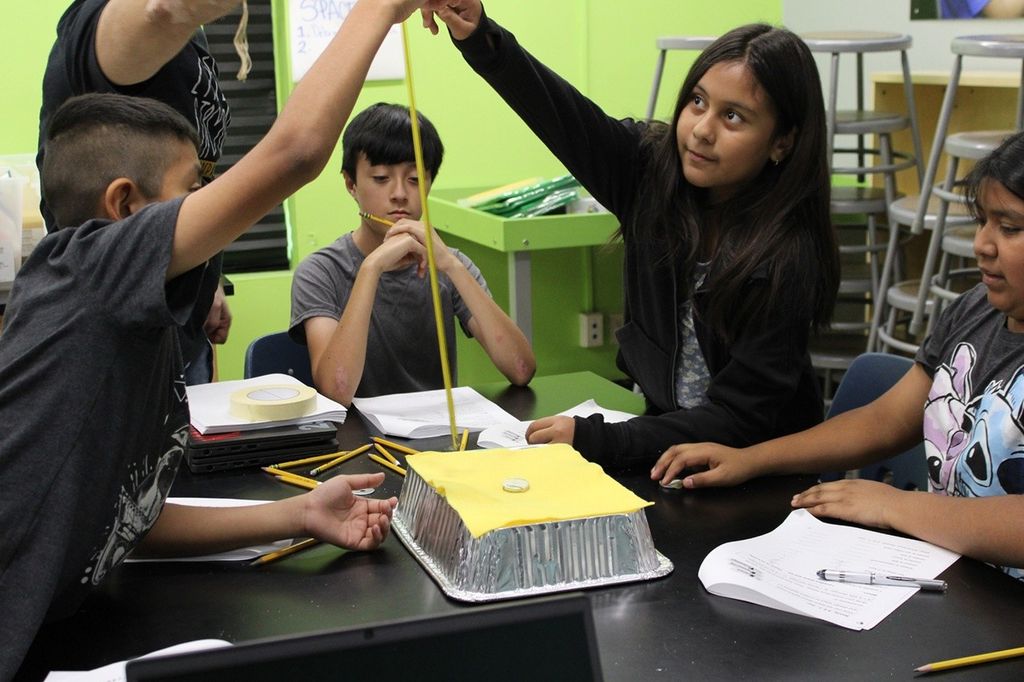NASA’s IMAP, Rideshares Encapsulate, Complete Flight Readiness Review

NASA’s IMAP (Interstellar Mapping and Acceleration Probe) completed another step in a journey that will eventually take it about a million miles from Earth. Crews transported NASA’s newest space weather observatory and two rideshares from the Astrotech Space Operations payload processing facility in Titusville to a SpaceX hangar at nearby Launch Complex 39A at NASA’s Kennedy Space Center in Florida on Sept. 18. A SpaceX Falcon 9 rocket will launch the missions no earlier than 7:32 a.m. EDT Tuesday, Sept. 23, from Launch Complex 39A from NASA Kennedy.
Over the past several days, technicians completed a series of critical steps to allow the spacecraft to make this trip. First, they mated IMAP’s two rideshare companions, the Carruthers Geocorona Observatory and the National Oceanic and Atmospheric Administration’s (NOAA) Space Weather Follow On – Lagrange 1 (SWFO-L1) satellite, to the Evolved Secondary Payload Adapter ring.
Next, the team joined the ring with its attached rideshares to the Payload Attach Fitting, which will connect all three observatories to the rocket’s second stage. Following that, technicians secured the IMAP observatory to its payload adapter. Finally, they mated the payload adapter to the ring, completing the integration of all three spacecraft into a single stack for launch.
On Sept. 16, technicians encapsulated the payload stack inside the rocket’s payload fairing at Astrotech. The payload fairing protects the spacecraft from aerodynamic forces and heat during ascent. Approximately three minutes after liftoff, the fairing halves will separate from the rocket and return to Earth, where SpaceX plans to recover them.
After verifying the health and status of the observatories, the team carefully transported the encapsulated assembly. It took several hours to convoy the delicate hardware to the SpaceX hangar, where the team will mate the encapsulated spacecraft to their rocket.
The IMAP mission was confirmed to proceed during the agency’s Flight Readiness Review on Thursday. Mission managers from NASA, SpaceX, and the IMAP spacecraft conducted the review at NASA Kennedy to provide updates on the mission’s status and certify its readiness to for final launch preparation activities.
NASA will provide launch coverage on NASA+, Amazon Prime, and more, beginning at 6:40 a.m. EDT on Tuesday, Sept. 23. NASA’s Spanish launch coverage begins at 6:40 a.m. on NASA+, and the agency’s Spanish-language YouTube channel.
After launch, all three spacecraft will orbit the Sun near Lagrange point 1, about one million miles from Earth. From this location, IMAP will map the boundaries of the heliosphere, the protective bubble carved out of interstellar space by the solar wind. The IMAP mission seeks to understand the forces that control the shape of the heliosphere and will investigate how solar particles get accelerated to extremely high energies. The IMAP mission also will support near real-time observations of the solar wind and energetic particles.
The data collected by the IMAP mission will be used to create the IMAP Active Link in Real-Time (I-ALiRT) system. This system is designed to improve our understanding of space weather and enhance tools for next-generation space weather prediction. The improvements and enhancements made possible by I-ALiRT will provide better information for astronauts on missions to the Moon and Mars, including those under the Artemis campaign. It will also better inform Earth-based technologies that are vulnerable to space weather events, such as coronal mass ejections. The data supplements NOAA’s SWFO-L1, which provides critical alerts and warnings to stakeholders. This represents a major step toward improving space weather forecasting and protecting our infrastructure as NASA explores deeper into space.
Carruthers will study Earth’s exosphere, the outermost layer of Earth’s atmosphere. NOAA’s SWFO-L1 will monitor space weather to help protect critical infrastructure, the economy, and national security.
David McComas, professor, Princeton University, leads the IMAP mission with an international team of 27 partner institutions. The Johns Hopkins Applied Physics Laboratory in Laurel, Maryland, built the spacecraft and operates the mission. NASA’s IMAP is the fifth mission in NASA’s Solar Terrestrial Probes program portfolio. The Explorers and Heliophysics Project Division at NASA Goddard manages the program for the agency’s Heliophysics Division of NASA’s Science Mission Directorate.
NASA’s Launch Services Program, based at NASA Kennedy, manages the launch service for the mission.
You can also stay connected by following and tagging these accounts:
X: @NASA, @NASAKennedy, @NASASolarSystem, @NOAASatellies
Facebook: NASA, NASA Kennedy, NASA Solar System, NOAA Satellites
Instagram: @NASA, @NASAKennedy, @NASASolarSystem, @NOAASatellites






